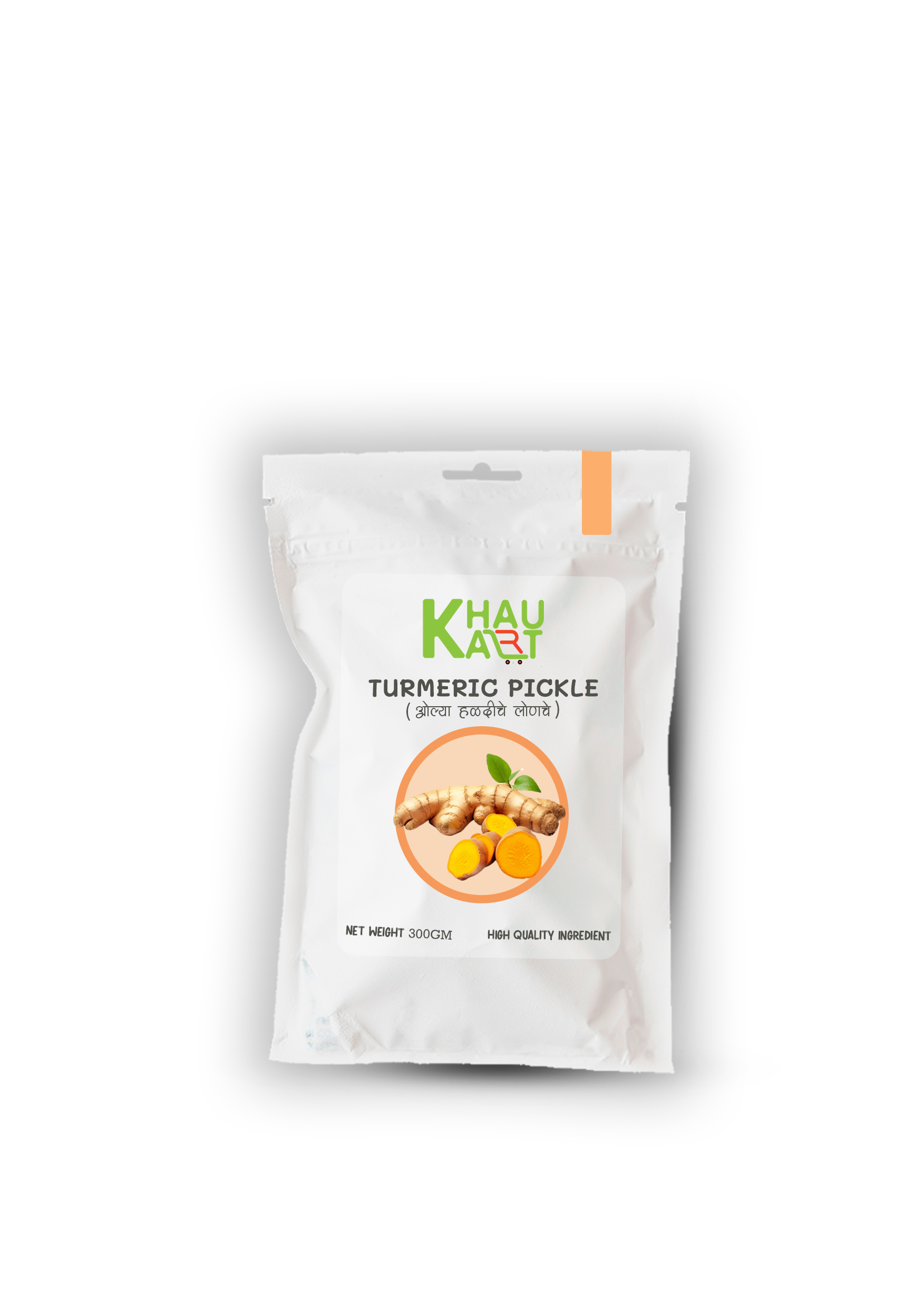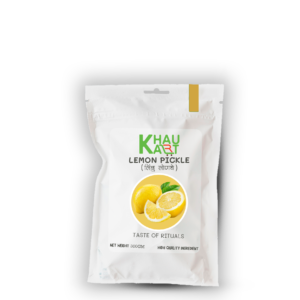Turmeric (Curcuma longa) is a flowering plant in the ginger family (Zingiberaceae) native to the Indian subcontinent and Southeast Asia. It is a perennial, rhizomatous, herbaceous plant that requires temperatures between 20 and 30°C (68 and 86°F) and high annual rainfall to thrive.
Uses
Turmeric is commonly used as a spice, particularly in Indian and Southeast Asian cuisine, to add flavor and color to dishes such as curries, mustards, and cheeses. It is also used as a medicinal herb, with a long history of traditional use in Ayurvedic and Unani medicine.
Active Compound
The most important active ingredient in turmeric is curcumin, a yellow polyphenol compound responsible for its bright yellow color and medicinal properties. Curcumin has potent anti-inflammatory, antioxidant, and anti-cancer properties, making it a subject of ongoing research for its potential health benefits.
Health Benefits
Some potential health benefits of turmeric and curcumin include:
- Anti-inflammatory: Reduces swelling and pain in conditions such as osteoarthritis.
- Antioxidant: Protects against cell damage and oxidative stress.
- Anticancer: May inhibit cancer cell growth and induce apoptosis (cell death).
- Cardiovascular: May help lower cholesterol levels and prevent blood clots.
- Neuroprotective: May help prevent or slow neurodegenerative diseases such as Alzheimer’s and Parkinson’s.



